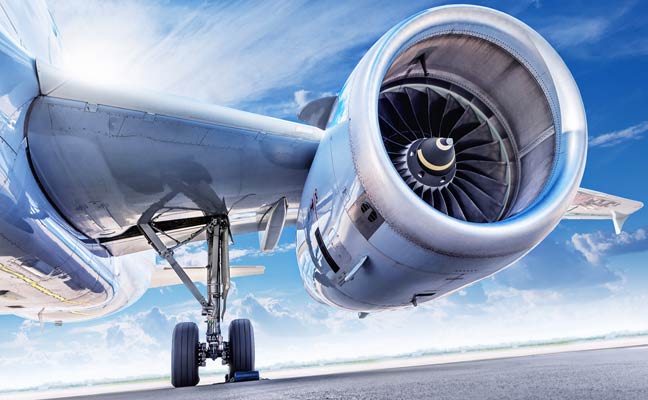by Andrew Doyle, Senior Director, Market Development, Cirium
The airline and aerospace industries have long been conscious of their environmental impact. With as much as 20-25% of an airline’s operating costs going to fuel, airlines take every possible measure to limit unnecessary fuel consumption and emissions. Even with consumption controls in place, air travel accounts for 2.4% of global carbon emissions, and as much as 3.1% of the total gasses and particulate attributed to global warming.(Source: EESI October 17, 2019, updated January 2021.)
To date, airlines have arguably been conscientious stewards working to keep fuel consumption and carbon emissions as low as possible. After all, it’s not just about sustainability – for them it’s profitability as well.
For other industries, aircraft emissions are a newer and critical issue. Governments, financial, and the broader public are concerned about global warming and finding ways to mitigate it.
Clear and accurate benchmarking is required to help organizations understand their carbon footprint. This applies to all organizations dependent on air for transportation, and basically any company that uses air cargo in its supply chain, in bringing products to market or any organization whose employees fly for business purposes.
Today’s measurements aren’t good enough

Today’s measurements tend to be generic averages. CO2 output is generally measured by route and possibly aircraft type. It’s then for the consumer to determine their share of that footprint. Note, consumer refers not only to the purchaser of the air service, but to anyone with a stake in the supply, or delivery chain, that uses air services.
Without accurate measurements which take into account all aspects of a flight, organizations cannot take steps to better manage their carbon footprint. There is no way to determine if mitigation steps are working, beyond stopping the use of airplanes to move people and goods.
Cirium’s approach to carbon emission measurement for sustainability
Cirium has the largest data store of flight information. By bringing together traditionally disparate data sets, Cirium can create extremely accurate emission reports in a contextual format that is immediately actionable by the consumer.
For example, instead of reporting on just the CO2 of an average flight, corporate travel buyers can determine the exact amount of carbon associated with a single business traveler per trip, by cabin class.
Manufacturers, freight consolidators, e-commerce companies, and more, can determine their carbon footprint per flight by package size and weight.
With this level of detail organizations can set accurate benchmarks, build plans for minimizing their footprint, and measure and track the success of those plans.
This level of granularity is also needed for accurate carbon footprint trading. The price of carbon offsets is expected to reach more than $50 per metric ton in the next eight to nine years. If an organization purchases carbon offsets, they need to be as accurate as possible to avoid overbuying or overpaying.
To achieve this level of actionable insights, Cirium’s custom inputs include hundreds of variables. Some key variables include:
- Actual flight & taxi times (rather than simply ‘great circle’ distances)
- Weather conditions
- Passenger load
- Cabin configuration
- Aircraft weight
- Cargo tonnage
- Aircraft/engine type and ‘winglet’ equipage
- Aircraft age
Early Cirium tests indicate a repeatable accuracy rate of +/-1%. With such a small margin of error, organizations can confidently rely on emission estimates to benchmark their programs.
An additional step of providing the data within the context of the specifics of the flight and service, ensures that it is actionable for further planning.
To connect with Cirium about sustainability or to be kept up to date about Cirium’s sustainability data and forthcoming products and reports, sign up to receive updates.
























































